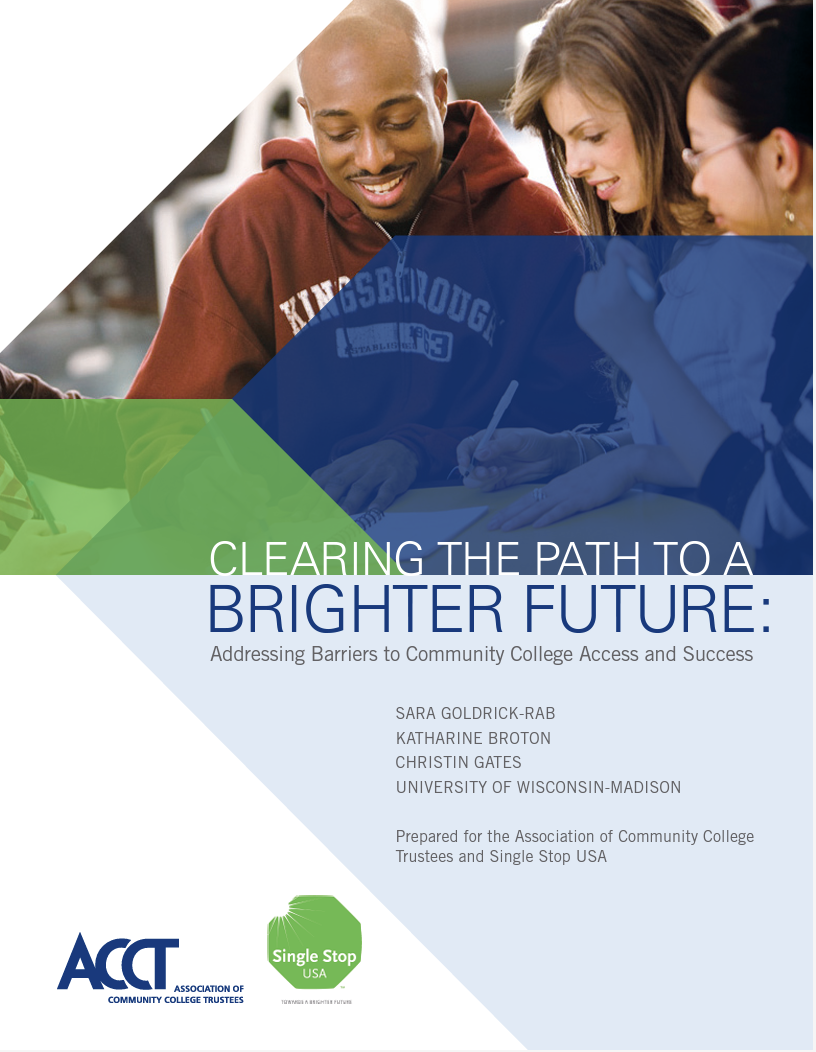Cross-Sectoral Benefits Hubs: An Innovative Approach to Supporting College Students’ Basic Needs
The pandemic is laying bare one of the most difficult challenges facing higher education: many of today’s undergraduates are pursuing degrees without sufficient resources. With average net prices (after all grant aid) approaching $15,000 a year for public community colleges and more than $19,000 a year for public four-year institutions, even students from middle-class families are hard-pressed to make ends meet.2 This net price of attending college is a leading reason why food and housing insecurity was widespread before the pandemic, and is now likely growing.3 Faced with tight budgets, states and institutions are seeking innovative solutions to help students obtain food and housing supports. Comprehensive supports that integrate access to public benefits, emergency aid, and navigational help are co-located on the campus where students attend classes. These supports are a particularly promising approach that has been advanced for more than a decade. Models including the Working Students Success Network, Single Stop, the Benefits Access for College Completion, and Advocacy and Resource Centers, like the one at Amarillo College, all offer examples. However, each of these draws primarily on the resources of institutions—mainly community colleges—where resources are increasingly scarce. The Benefits Hubs operated by the United Way of King County (UWKC) in Seattle’s community and technical colleges (as well as one public university) offer an alternate model. Over the last academic year, we explored the Benefits Hub approach, which is an innovative cross-sectoral partnership between communitybased organizations and higher education institutions. We find the model promising, and this report explains its key elements. We are also in the midst of a rigorous summative evaluation funded by Arnold Ventures to estimate the program’s impacts on students’ education, health, and well-being.



